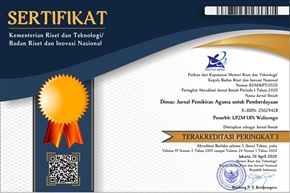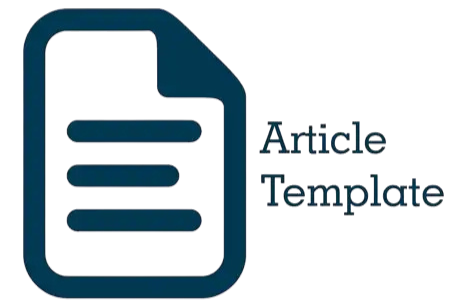DST (Digital Storytelling) to Familiarize ‘Stop Bullying’ Cases among Elementary School Aged-Children
DOI:
https://doi.org/10.21580/dms.2018.182.3259Keywords:
DST, bully, childrenAbstract
This article discusses about the use of DST as a way to introduce children to the concept of bullying cases among students. As a participatory action research, this research aims to educate students as young learners to aspect of bullying. The term of DST has been increasingly used by scholars to illustrate various forms of support of learning to help young learners learn successfully. Children in the DST creation process enjoyed the stages. It was revelaed that culturally bullying has already being the tradition in some places, children felt strange when they mentioned certain acts as bullying. Through the empowerment of DST project, children are started to be aware that if they do not want to be hurted, hence they mau not hurt any body else.
Tulisan ini mendiskusikan penggunaan DST (Digital Storytelling) sebagai cara untuk memperkenalkan kepada anak tentang kasus-kasus perundungan (bullying) antar siswa. Menggunakan mpdel participatory action research, kegiatan ini bertujuan untuk meng-edukasi siswa sebagai pembelajar anak-anak tentang aspek-aspek perundungan. Istilah DST telah banyak digunakan oleh para akademisi untuk memberikan ilustrasi berbagai bentuk bantuan-bantuan belajar untuk siswa sehingga bisa berhasil dalam pembelajaran. Terungkap bahwa intimidasi budaya sudah menjadi tradisi di beberapa tempat, anak-anak merasa aneh ketika mereka menyebut tindakan tertentu sebagai intimidasi. Melalui pemberdayaan proyek DST, anak-anak mulai menyadari bahwa jika mereka tidak ingin dilukai, maka mereka tidak akan melukai orang lain.
Downloads
Downloads
Published
Issue
Section
License
Copyright
The copyright of the received article shall be assigned to the journal as the publisher of the journal. The intended copyright includes the right to publish the article in various forms (including reprints). The journal maintains the publishing rights to the published articles. Therefore, the author must submit a statement of the Copyright Transfer Agreement.*)
Licensing

This work is licensed under a Creative Commons Attribution-ShareAlike 4.0 International License.
In line with the license, authors are allowed to share and adapt the material. In addition, the material must be given appropriate credit, provided with a link to the license, and indicated if changes were made. If authors remix, transform or build upon the material, authors must distribute their contributions under the same license as the original.
_______
*) Authors whose articles are accepted for publication will receive confirmation via email and send a Copyright Transfer Agreement.









